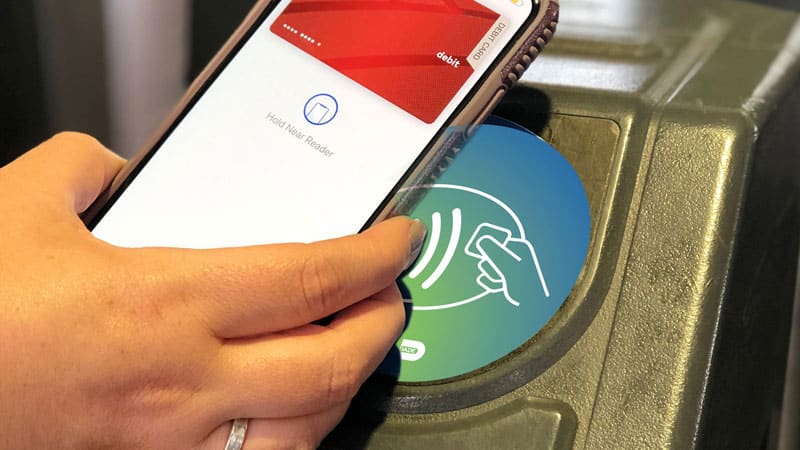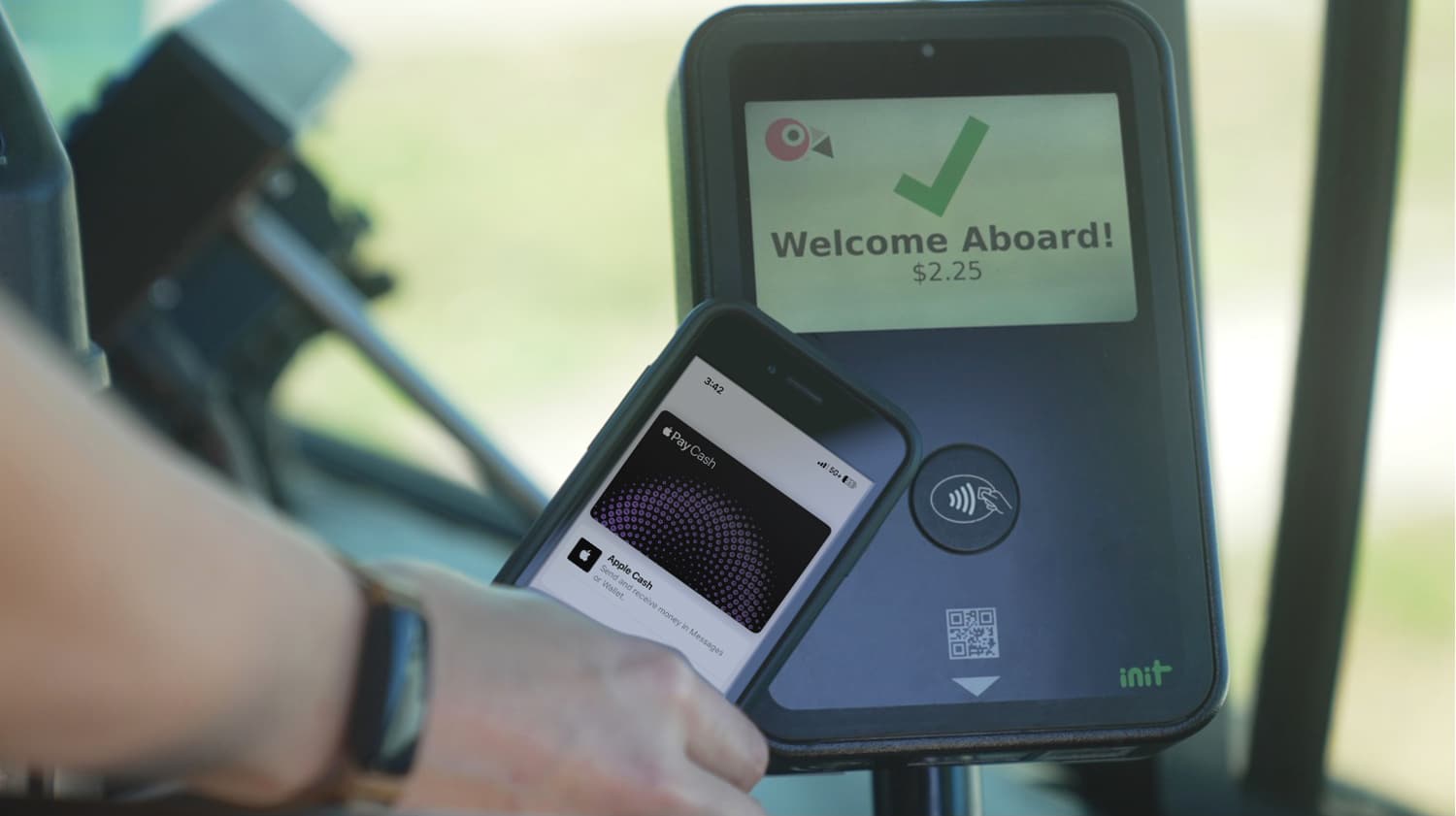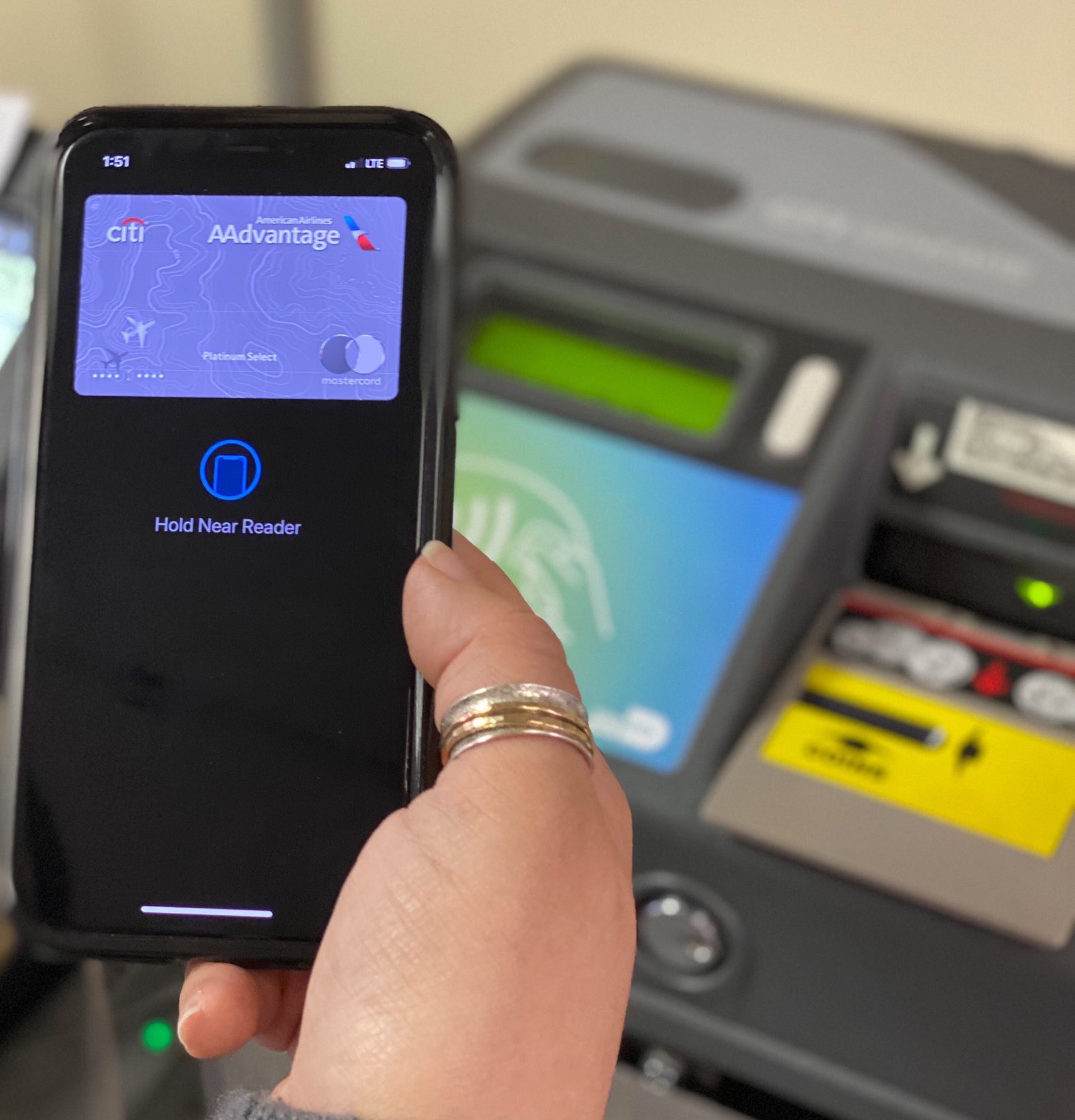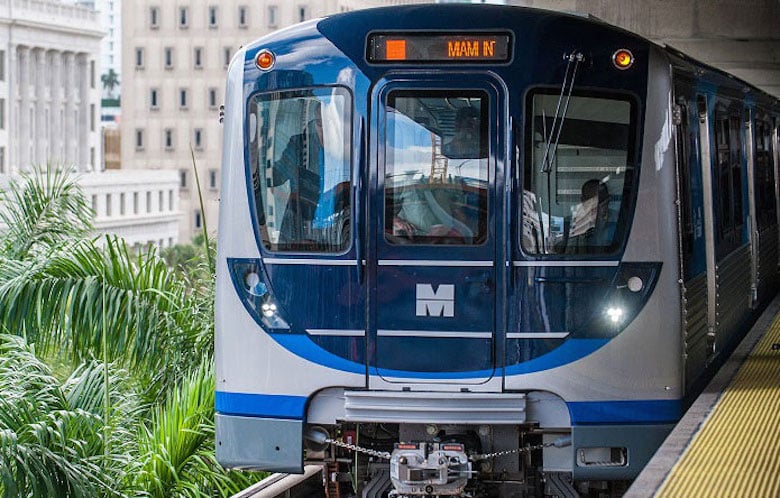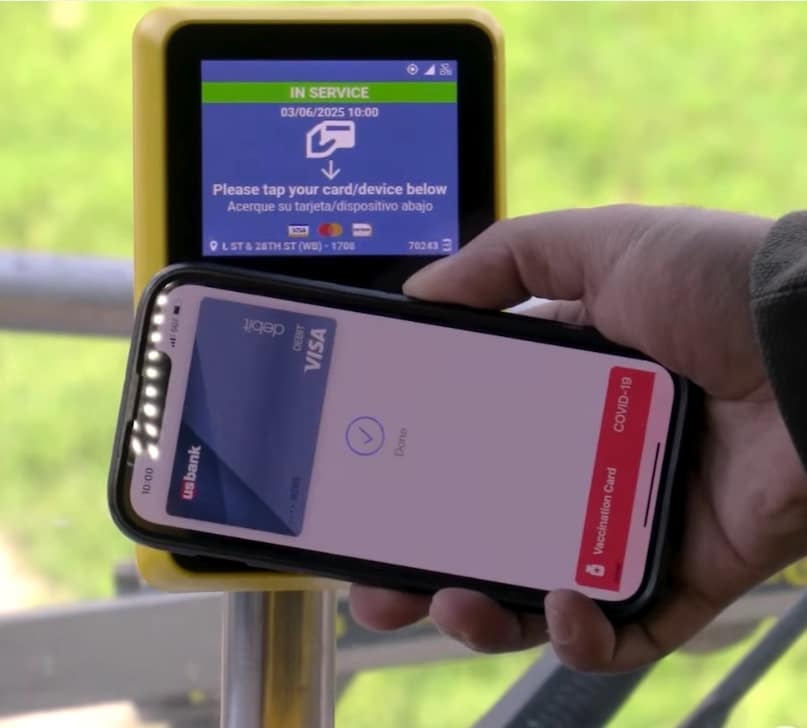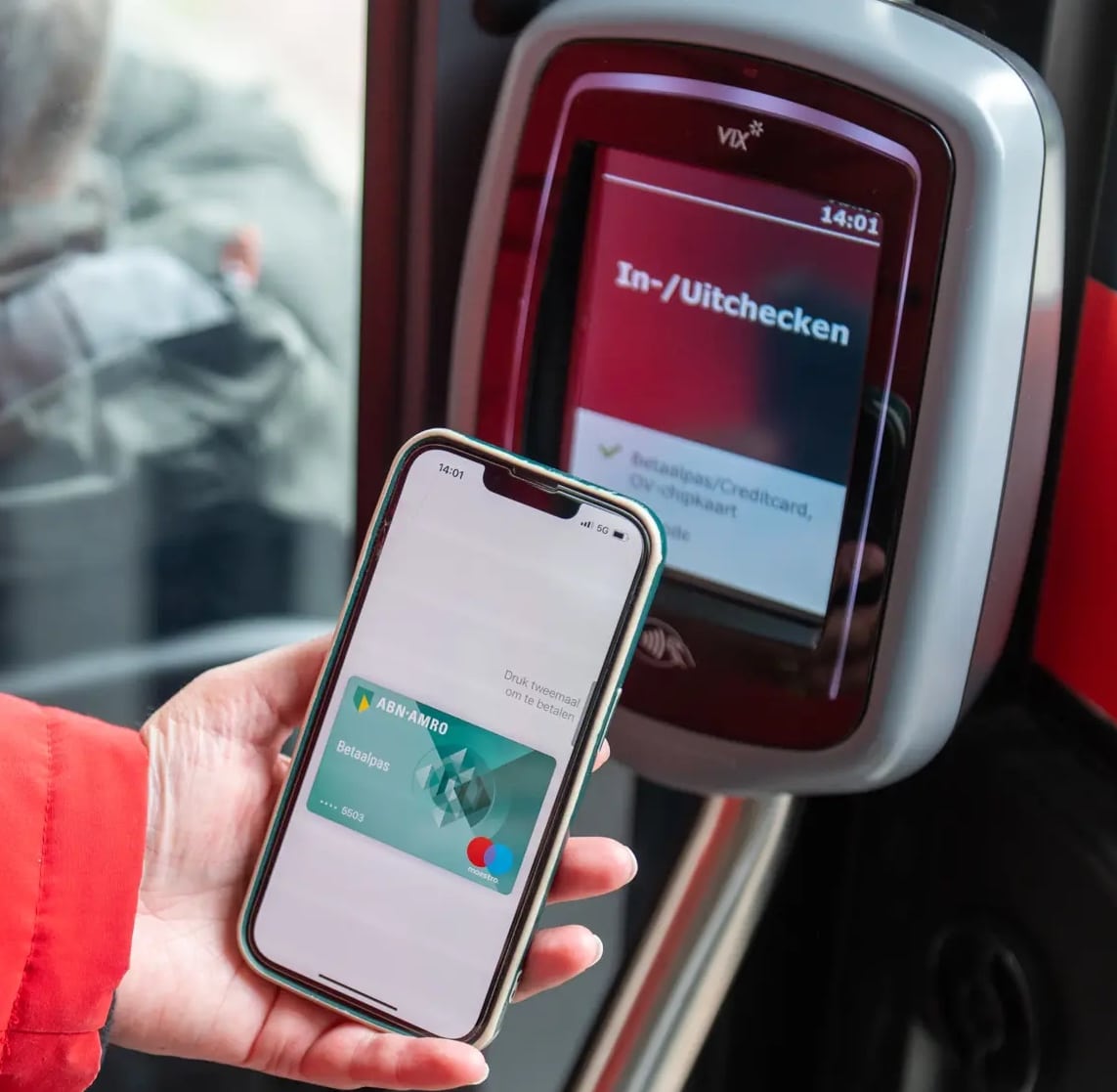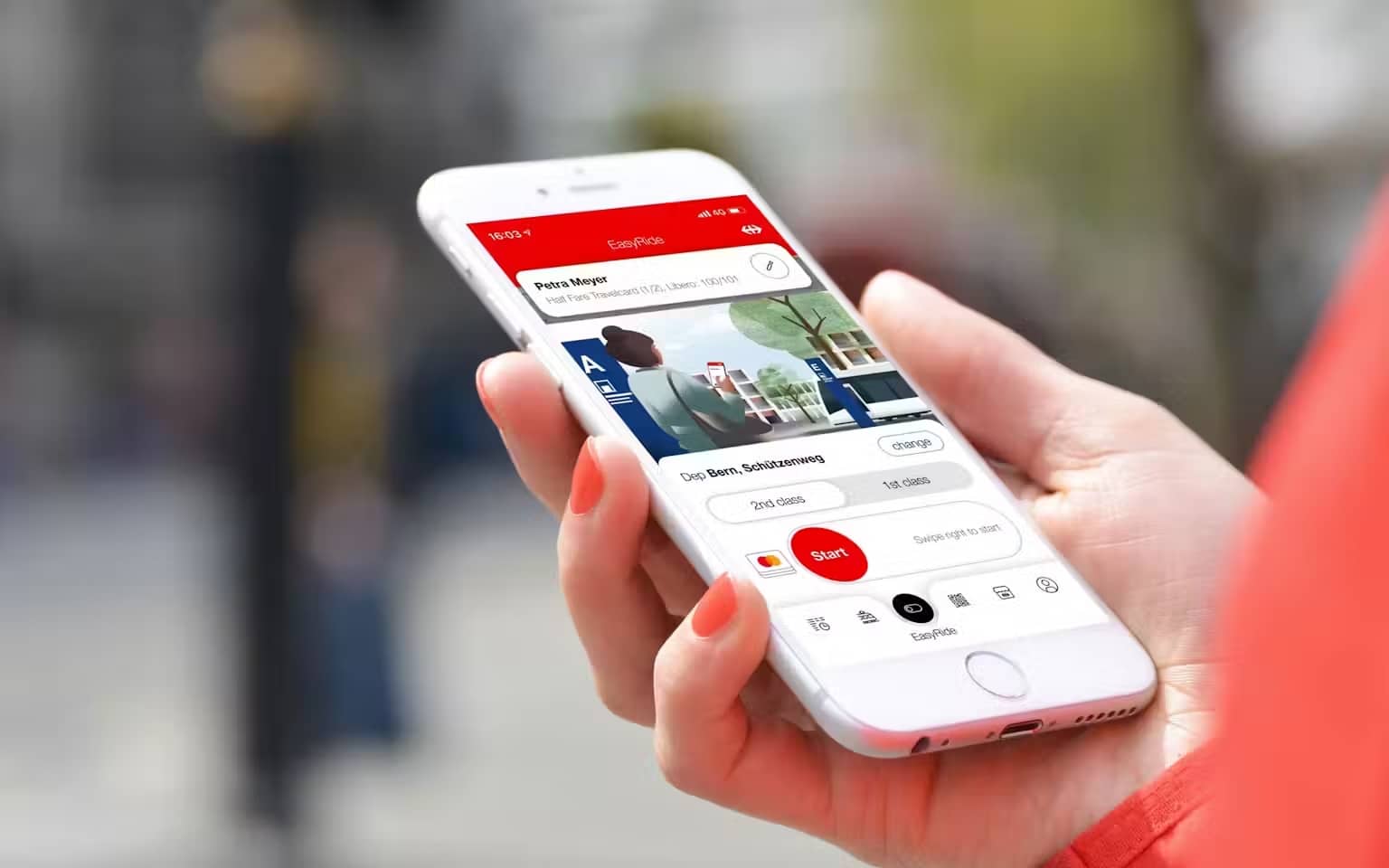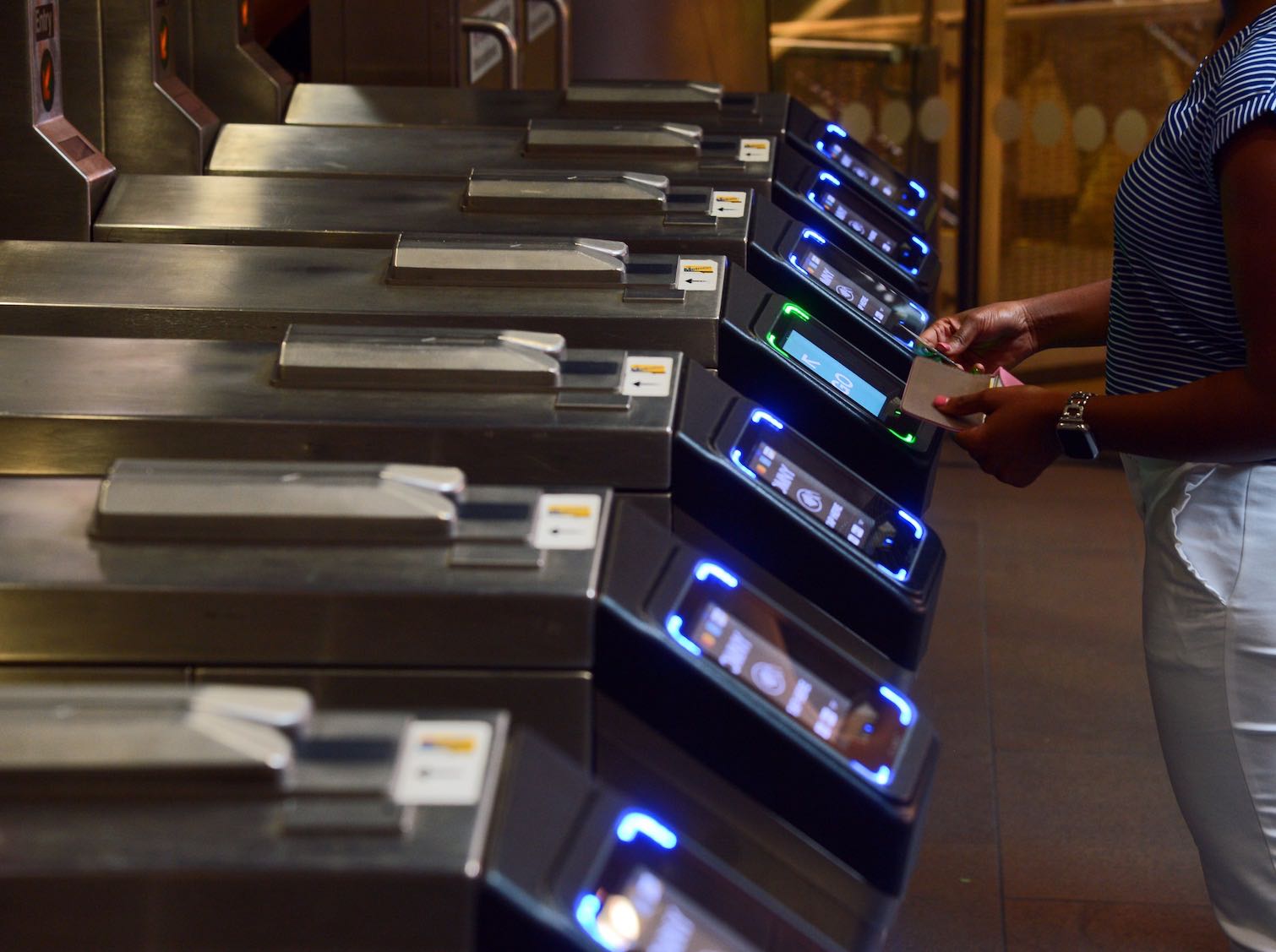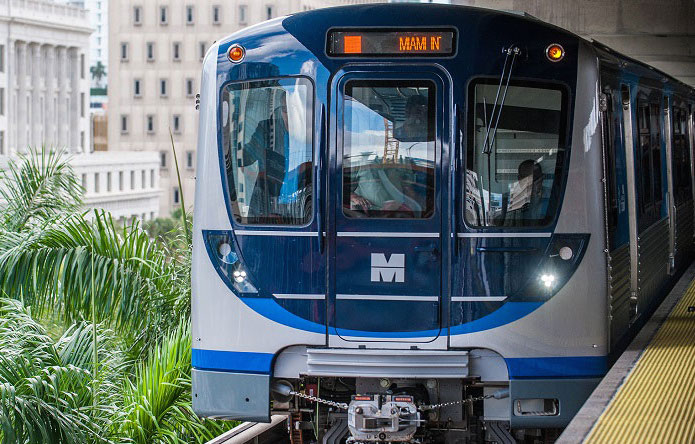
Article Highlights
Miami-Dade Transit in Florida was the latest transit agency to launch open-loop payments, in August 2019. As banks deploy contactless EMV credit and debit cards in larger numbers this year, more transit agencies are expected to look at enabling customers to pay fares with their bank cards and also their NFC wallets.
U.S.-based Cubic Transportation Systems is the systems integrator on the Miami project, having won a $33 million contract in 2016 to provide the open-loop technology, including upgraded fare terminals, along with 10 years of back office cloud computing and support services. Cubic called the Miami system a “hybrid” implementation, not nearly as extensive and costly as the vendor implemented for much larger transit agencies.
• Miami-Dade Transit
• Cubic Transportation Systems
Transit officials in Miami-Dade County, Fla. are the latest in the U.S. to introduce open-loop payments of fares with contactless credit and debit cards and bank card credentials on NFC wallets, launching the service in August 2019 on the city’s relatively small metro network, with plans to expand to buses later.







